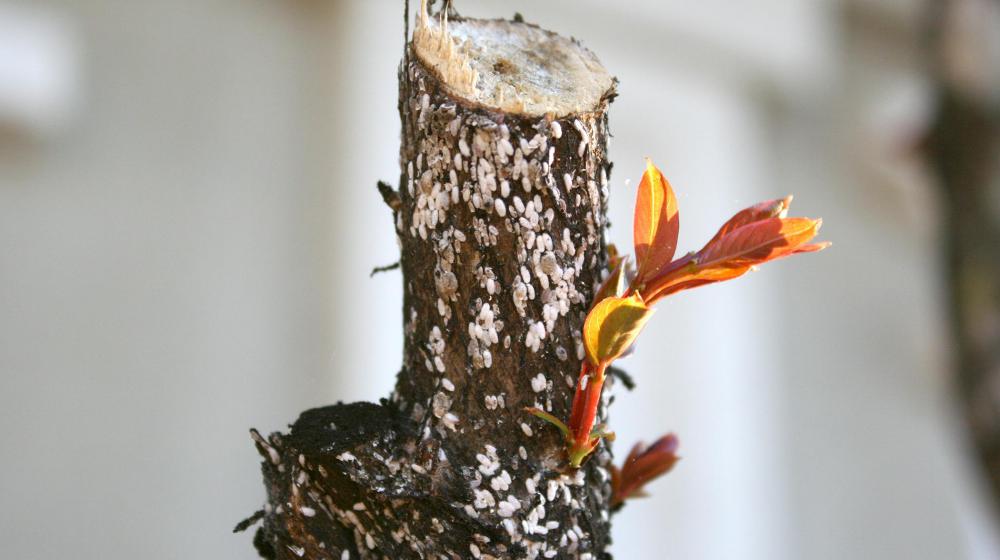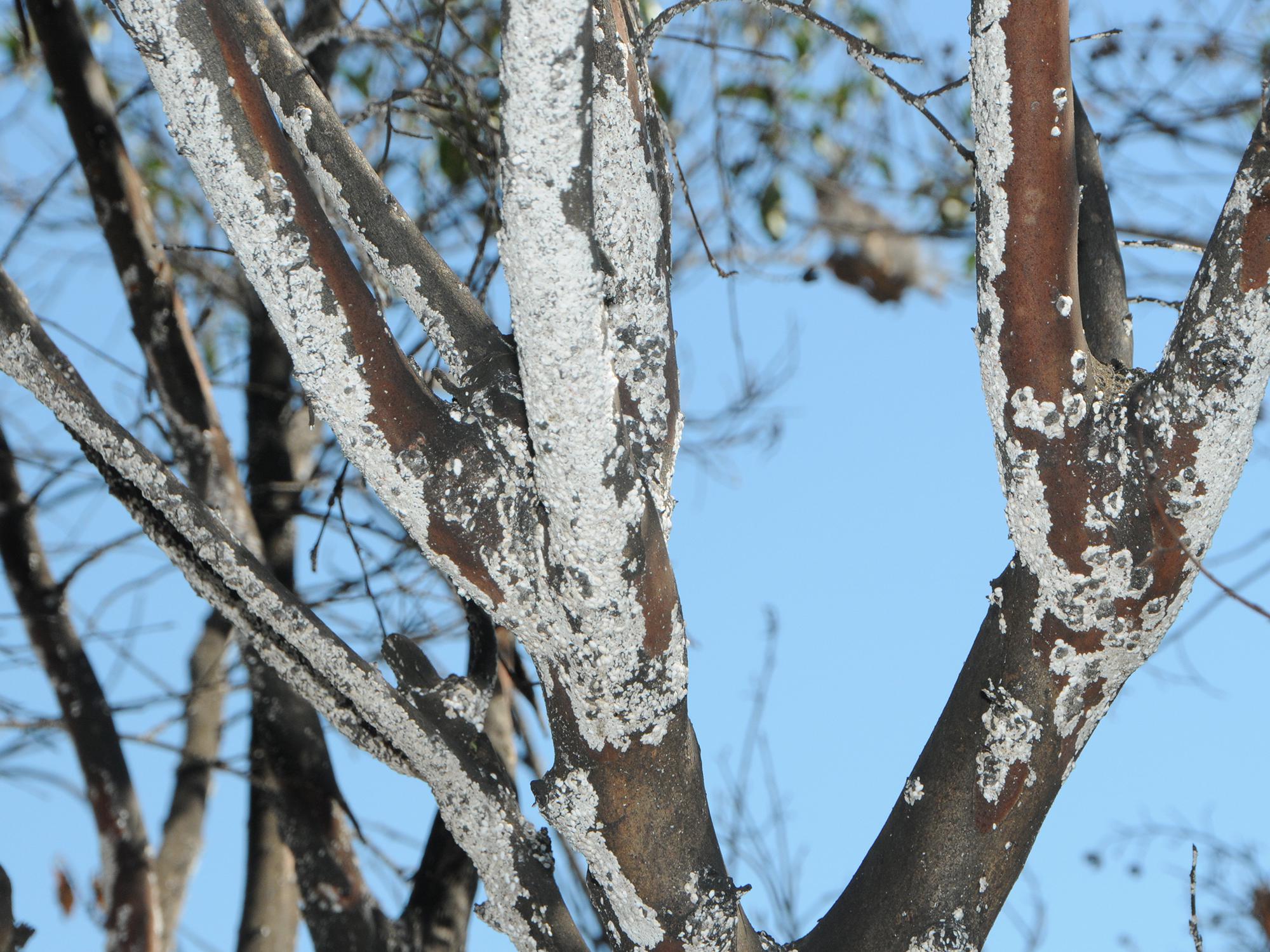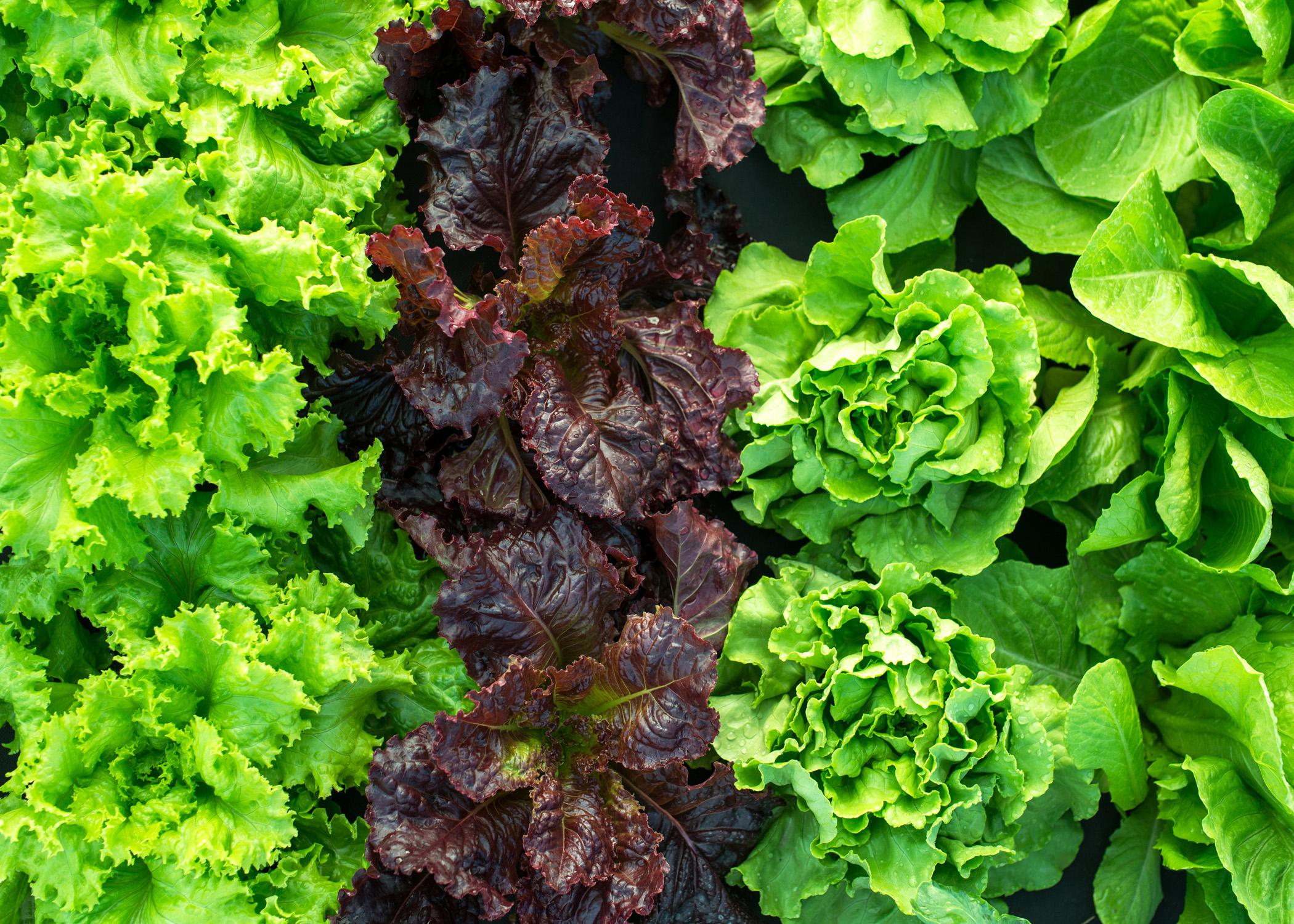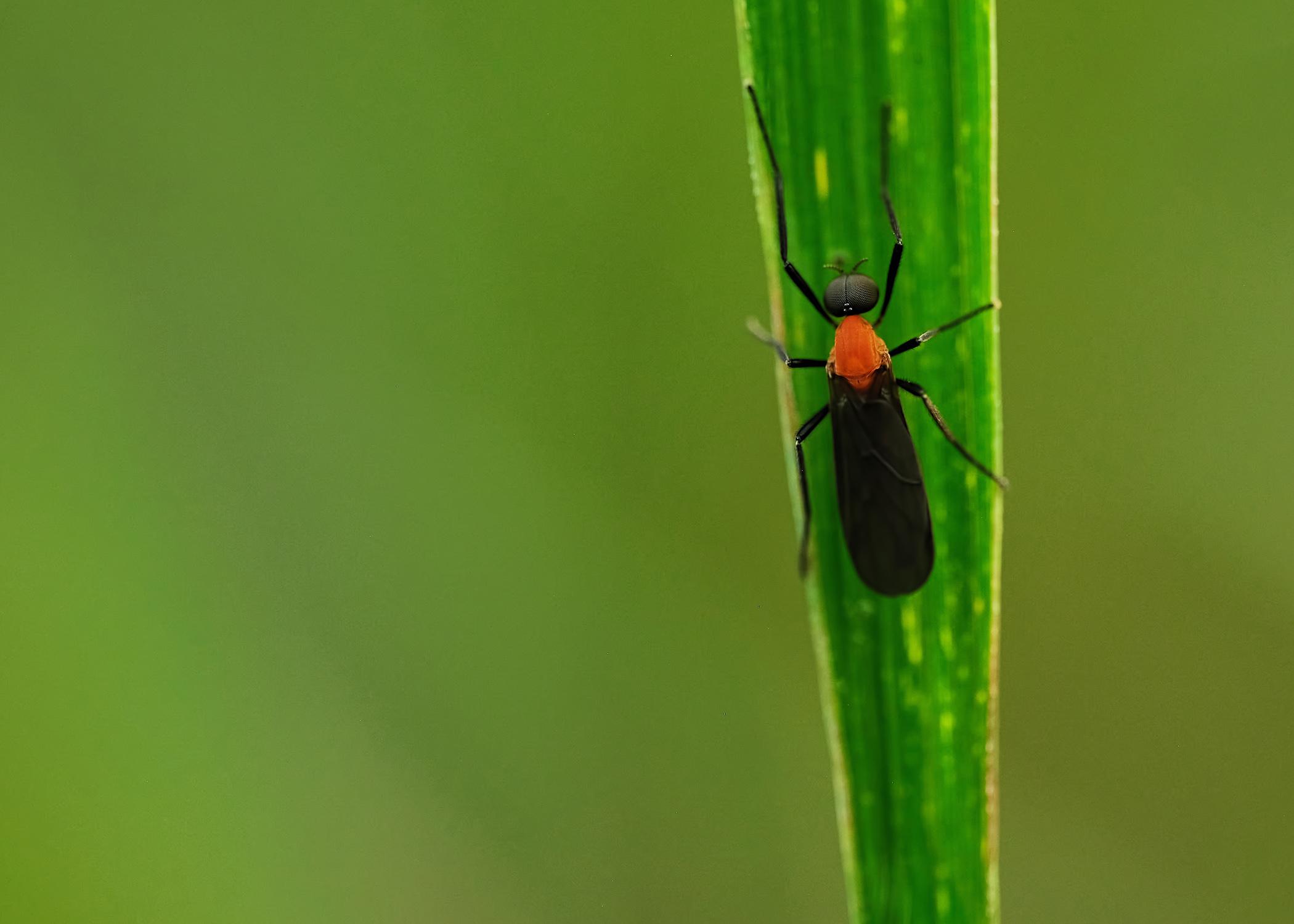How to Identify Crape Myrtle Bark Scale

Photo by Gary Bachman
If you’ve got crape myrtles, you should be on the lookout for Crape Myrtle Bark Scale. This invasive pest can turn easy-to-care for shrubs and trees into high-maintenance plants covered in a black, sooty mold.
While the insects won’t kill the tree outright, the tree will eventually produce fewer and smaller blooms if the insects are allowed to reproduce year after year.

It’s important to know how to identify CMBS because aphids, another type of insect pest, can also cause black, sooty mold on crape myrtles. Light infestations of CMBS can be hard to spot, and trees can be infested with both pests at the same time.
If you discover a tree with black, sooty mold, look for white, felt-covered scales on the branches, twigs, and trunk. These scales are CMBS. Pink matter will ooze from the scales if you puncture them.
First found in Mississippi in 2015, CMBS has gotten a foothold in some areas of the state already because it has few natural enemies in the U.S. The best management method is exclusion, so entomologists and horticulturists encourage people to inspect plants before buying them at the nursery to avoid introducing them into the landscape. Anyone who is buying a home should check any existing plants in the landscape.
Newer infestations on larger trees often start on higher branches and twigs, so get out the ladder if necessary.
If you discover CMBS, there is an insecticide that can help manage it. But timely and proper application is important. The treatment is applied to the soil around the tree and taken up by the tree just like it takes up water. So, the tree needs to be in its active growing season for the treatment to be effective. Treatment should be applied immediately after you detect an infestation. Treatment can be applied as soon as leaves start to appear in spring until they begin to change color and drop in the fall. Currently, there is no insecticide that will get rid of the insect completely. Once you detect CMBS, you’ll need to reapply the insecticide every year.
Extension publication 2938, “Crape Myrtle Bark Scale Identification and Control” provides more in-depth information about CMBS and how to recognize and treat it.
For questions about CMBS, contact your local Extension office.
For more gardening tips, information, and entertainment, follow Southern Gardening on Facebook, Twitter, and Instagram!
Subscribe to Extension for Real Life
Fill in the information below to receive a weekly update of our blog posts.









